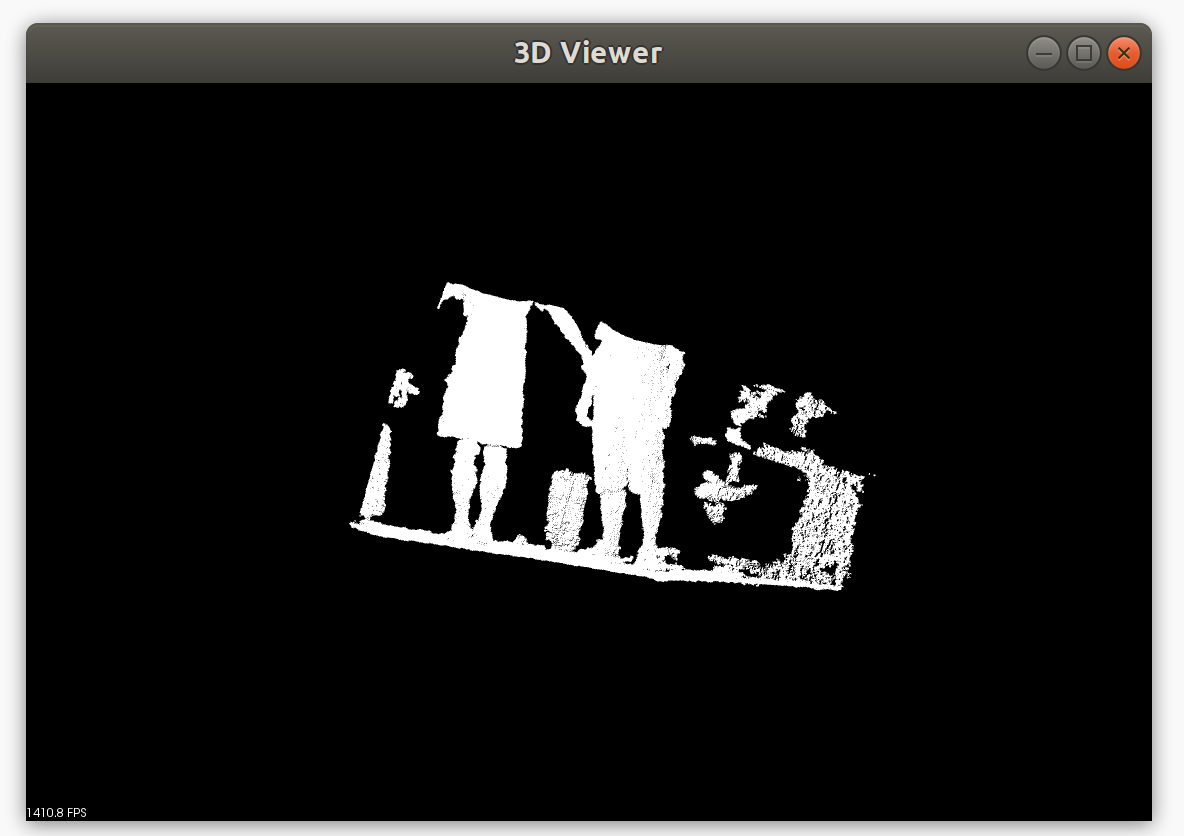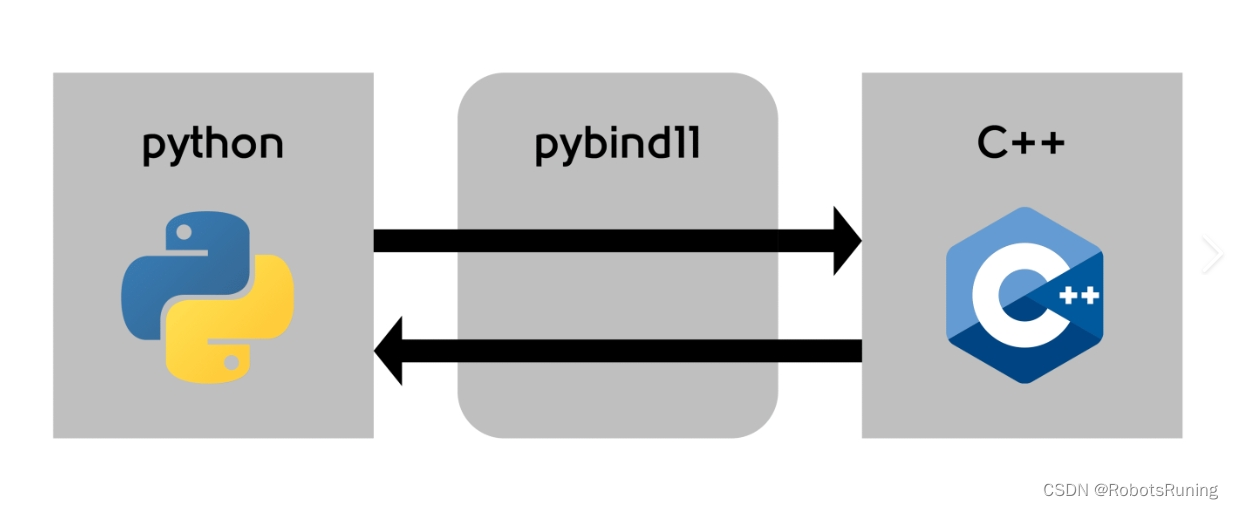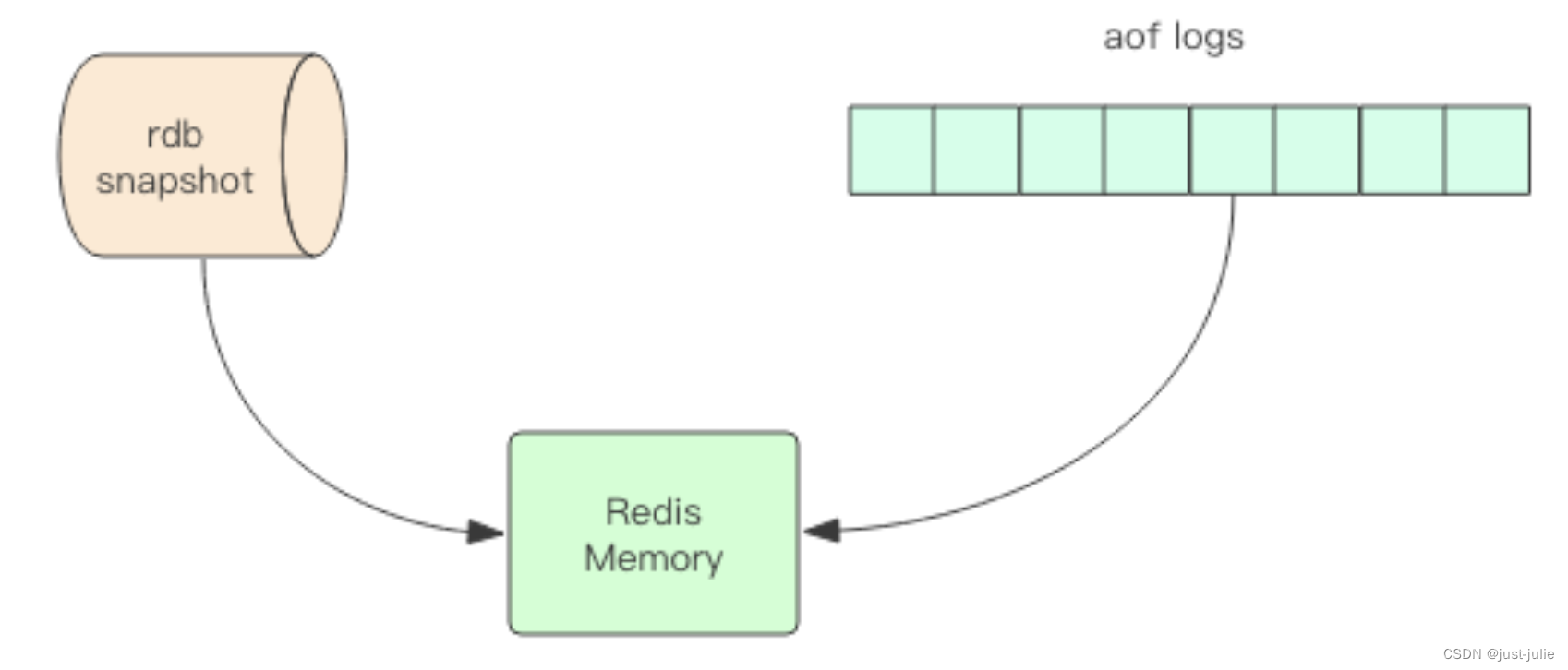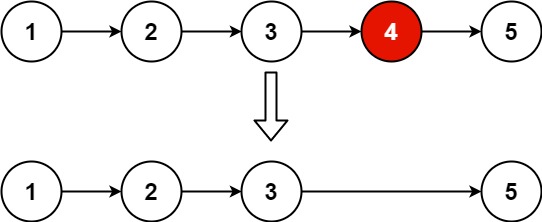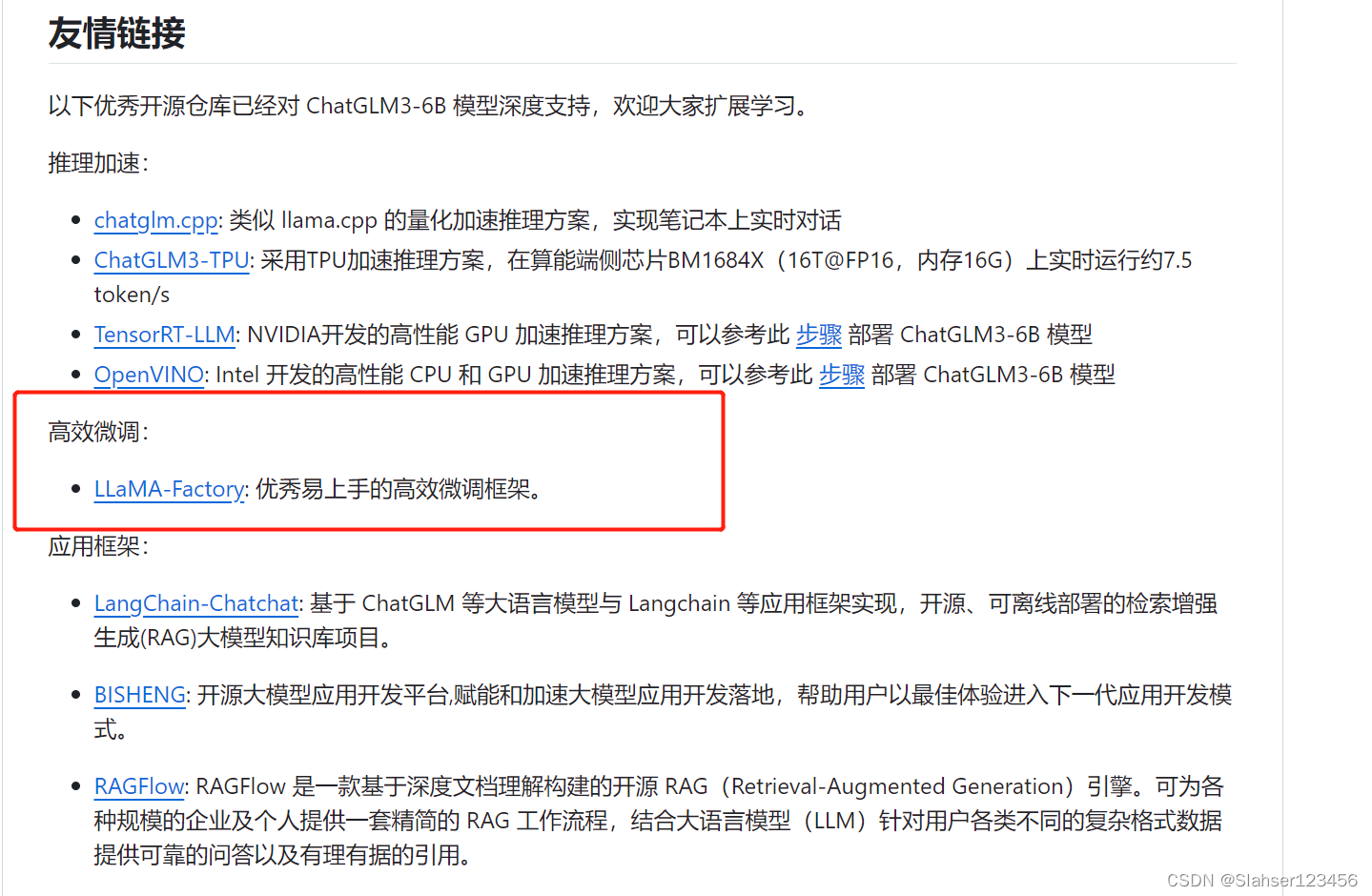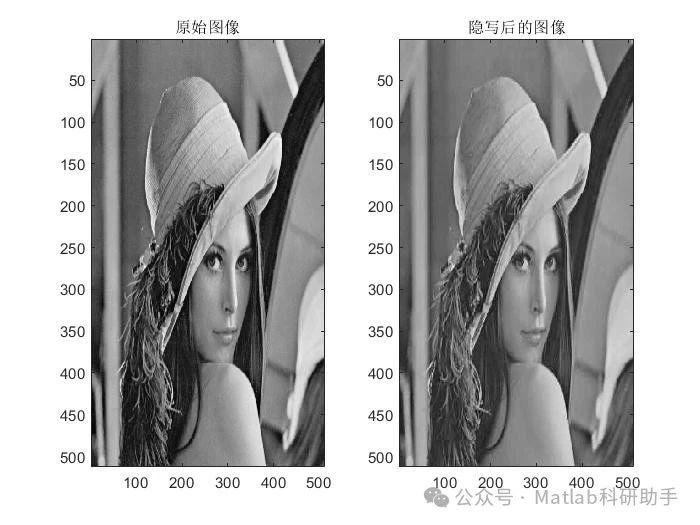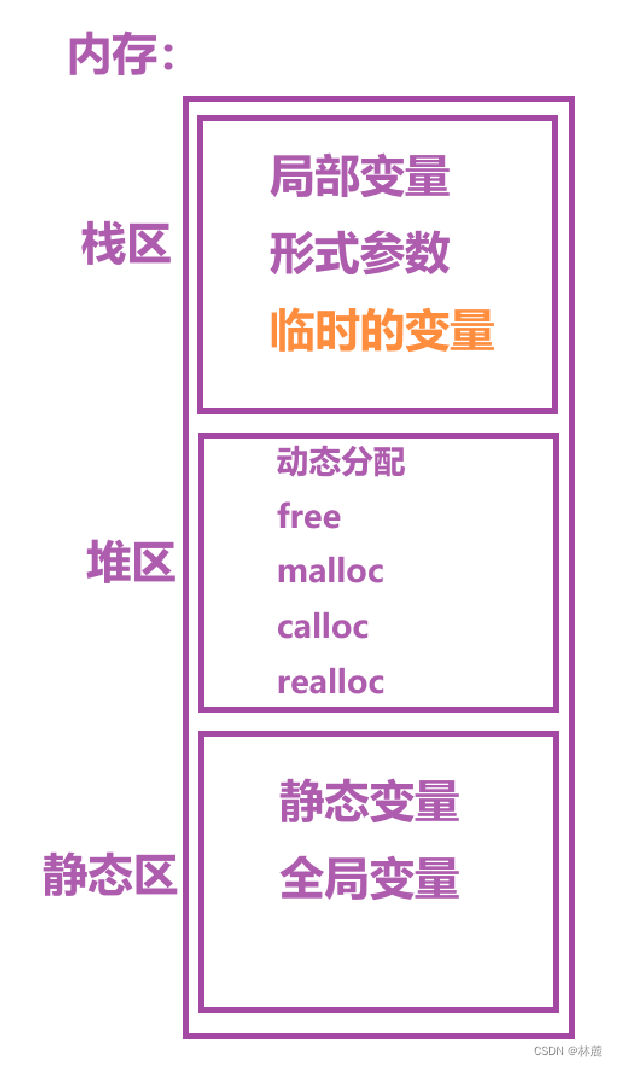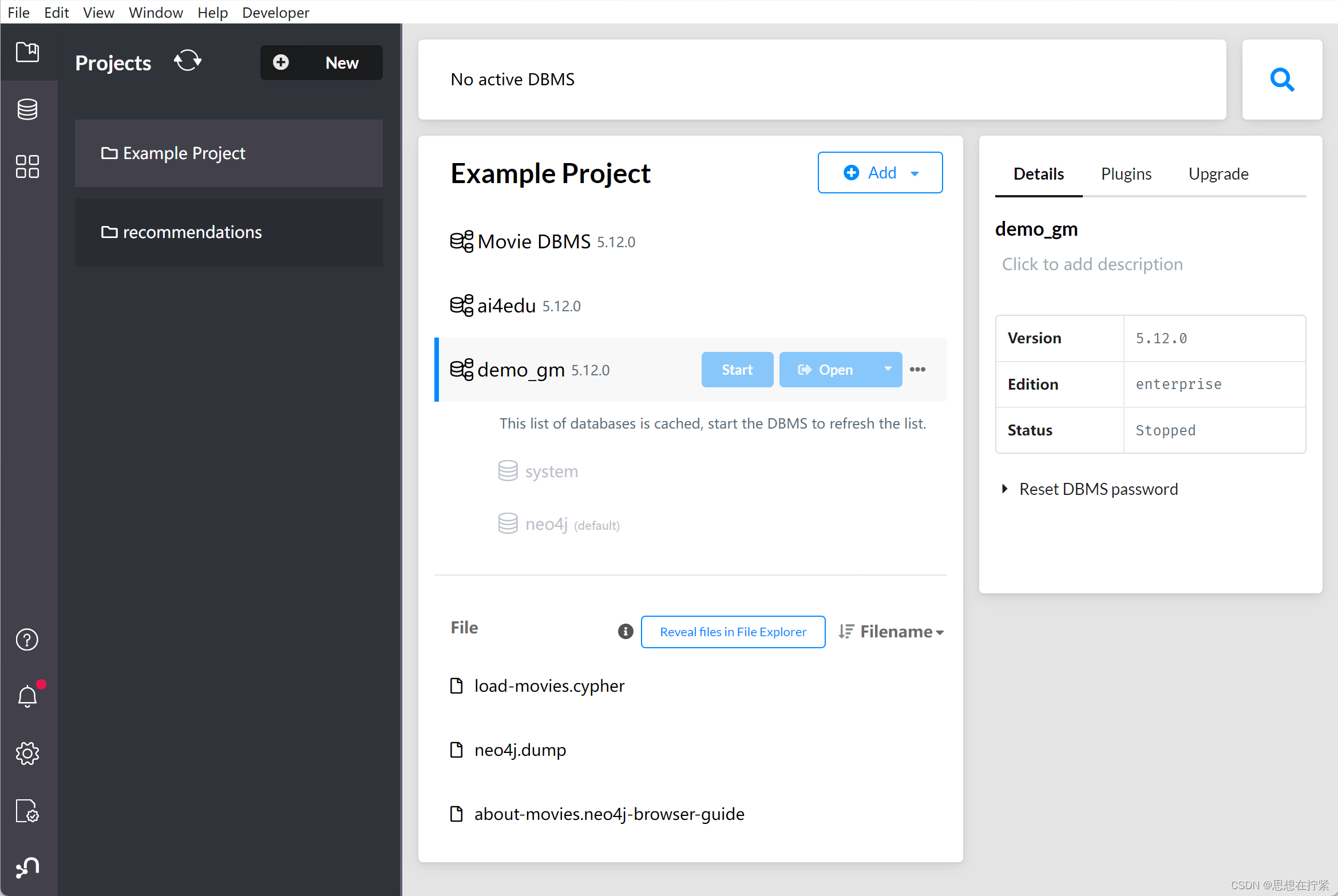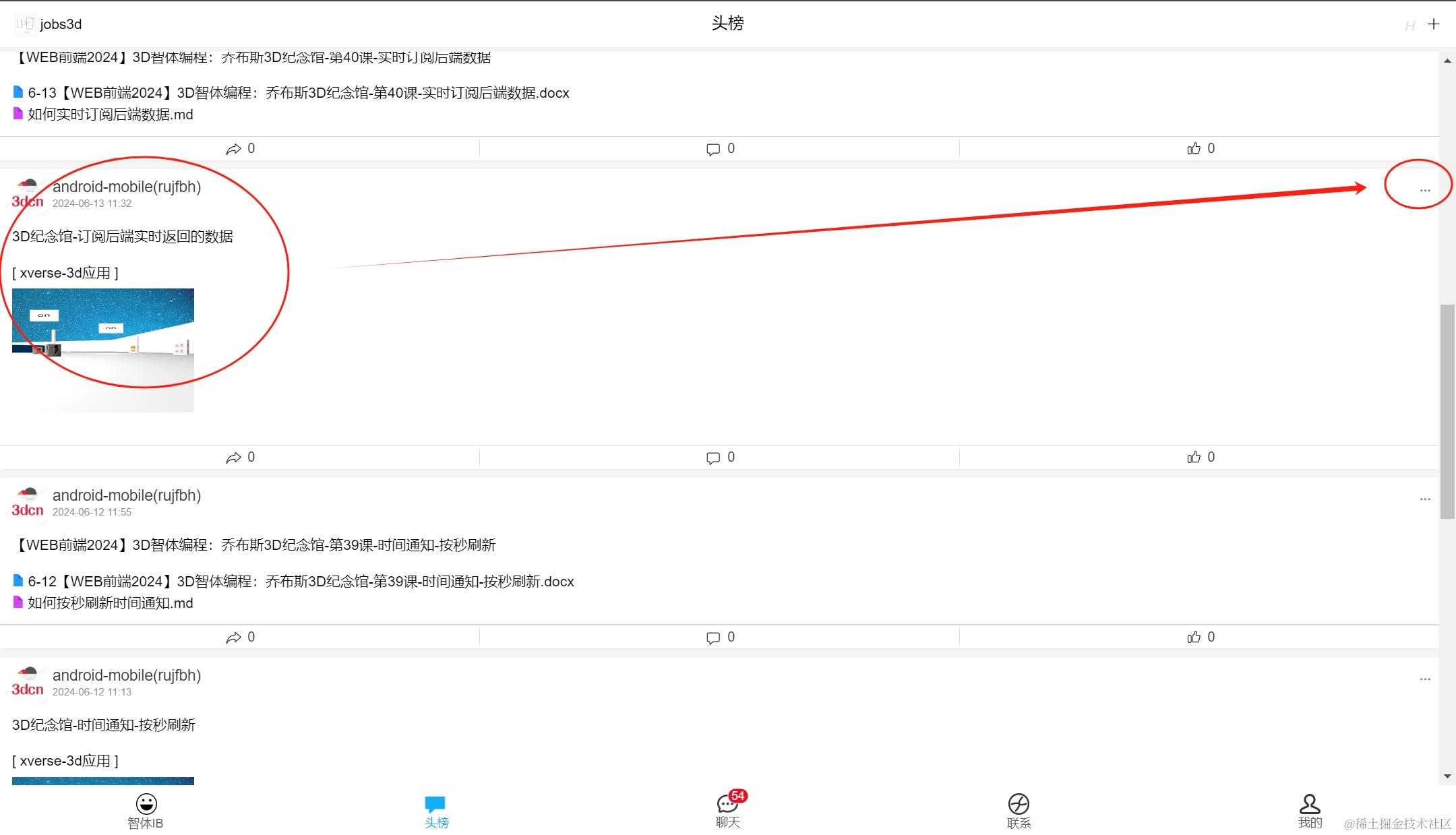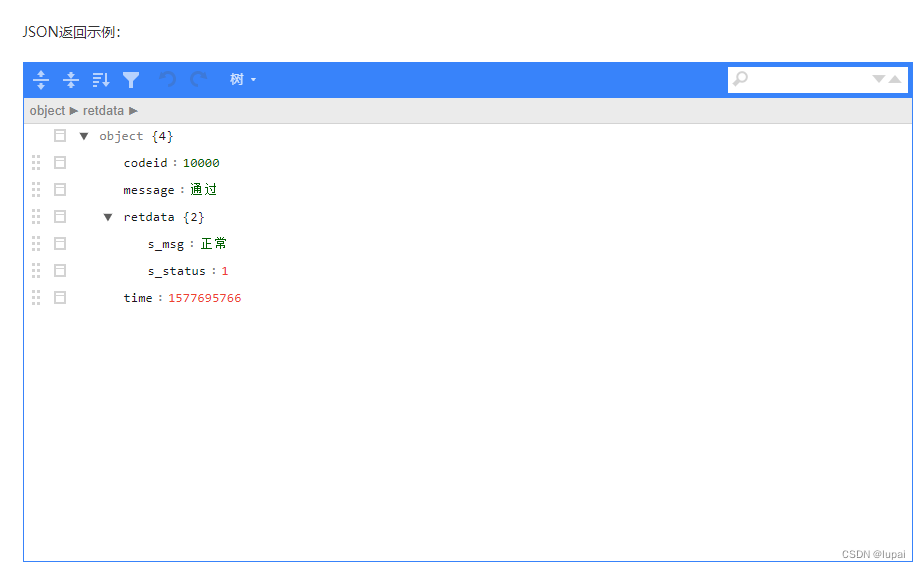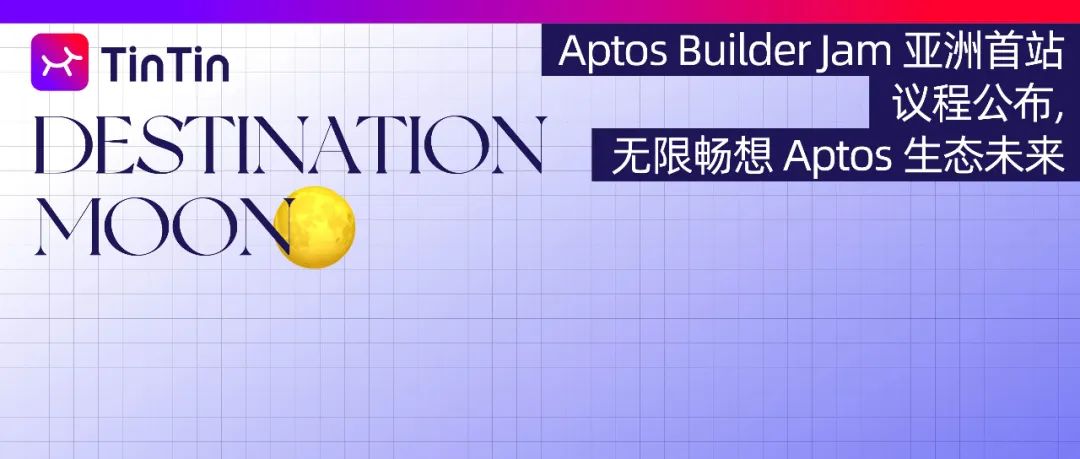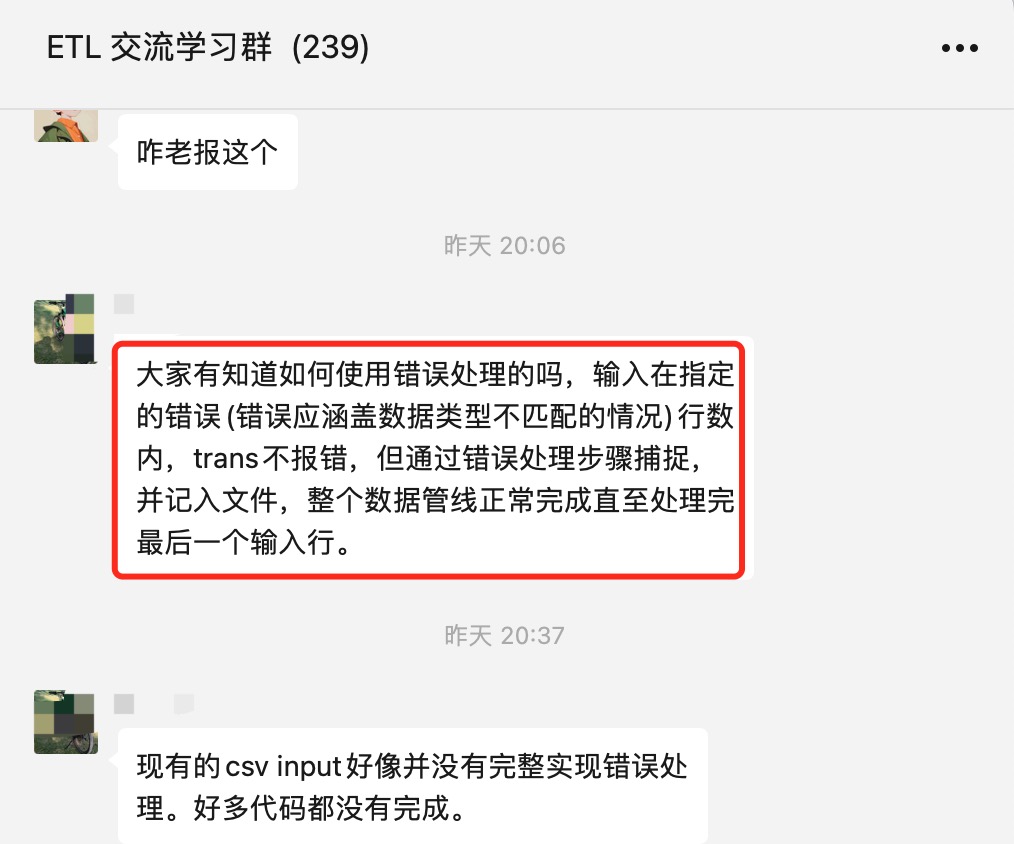```cpp
#include <iostream>
#include <pcl/io/pcd_io.h>
#include <pcl/point_types.h>
#include <pcl/filters/voxel_grid.h>
#include <pcl/segmentation/sac_segmentation.h>
#include <pcl/segmentation/extract_clusters.h>
int main() {
// 创建点云对象
pcl::PointCloud<pcl::PointXYZ>::Ptr cloud(new pcl::PointCloud<pcl::PointXYZ>);
// 从文件加载点云数据(假设点云数据存储在cloud.pcd文件中)
if (pcl::io::loadPCDFile<pcl::PointXYZ>("cloud.pcd", *cloud) == -1) {
PCL_ERROR("Couldn't read file cloud.pcd \n");
return (-1);
}
std::cout << "Loaded " << cloud->width * cloud->height << " data points from cloud.pcd with the following fields: " << std::endl;
// 使用体素网格滤波器进行下采样
pcl::PointCloud<pcl::PointXYZ>::Ptr cloud_filtered(new pcl::PointCloud<pcl::PointXYZ>);
pcl::VoxelGrid<pcl::PointXYZ> sor;
sor.setInputCloud(cloud);
sor.setLeafSize(0.01f, 0.01f, 0.01f);
sor.filter(*cloud_filtered);
std::cout << "Point cloud after filtering: " << cloud_filtered->width * cloud_filtered->height << " data points (" << pcl::getFieldsList(*cloud_filtered) << ")." << std::endl;
// 使用平面分割器进行平面分割
pcl::ModelCoefficients::Ptr coefficients(new pcl::ModelCoefficients);
pcl::PointIndices::Ptr inliers(new pcl::PointIndices);
pcl::SACSegmentation<pcl::PointXYZ> seg;
seg.setOptimizeCoefficients(true);
seg.setModelType(pcl::SACMODEL_PLANE);
seg.setMethodType(pcl::SAC_RANSAC);
seg.setMaxIterations(100);
seg.setDistanceThreshold(0.02);
seg.setInputCloud(cloud_filtered);
seg.segment(*inliers, *coefficients);
// 提取地面以外的点云
pcl::PointCloud<pcl::PointXYZ>::Ptr cloud_plane(new pcl::PointCloud<pcl::PointXYZ>);
pcl::ExtractIndices<pcl::PointXYZ> extract;
extract.setInputCloud(cloud_filtered);
extract.setIndices(inliers);
extract.setNegative(false);
extract.filter(*cloud_plane);
std::cout << "Point cloud representing the planar component: " << cloud_plane->width * cloud_plane->height << " data points." << std::endl;
// 创建欧几里得聚类分割器对象
std::vector<pcl::PointIndices> cluster_indices;
pcl::EuclideanClusterExtraction<pcl::PointXYZ> ec;
ec.setClusterTolerance(0.02); // 2cm
ec.setMinClusterSize(100);
ec.setMaxClusterSize(25000);
ec.setSearchMethod(std::make_shared<pcl::search::KdTree<pcl::PointXYZ>>());
ec.setInputCloud(cloud_plane);
ec.extract(cluster_indices);
// 输出聚类的数量
std::cout << "Number of clusters: " << cluster_indices.size() << std::endl;
return (0);
}
```
这段 C++ 代码演示了如何使用 PCL(Point Cloud Library)库进行简单的三维重建过程:
1. **加载点云数据**: 使用 `pcl::io::loadPCDFile` 加载点云数据。
2. **体素网格滤波**: 使用 `pcl::VoxelGrid` 对点云进行下采样。
3. **平面分割**: 使用 `pcl::SACSegmentation` 找到点云中的主要平面。
4. **提取地面以外的点云**: 使用 `pcl::ExtractIndices` 提取不属于主要平面的点云。
5. **欧几里得聚类**: 使用 `pcl::EuclideanClusterExtraction` 对点云进行聚类分析,识别出不同的物体。
你可以根据具体需求和点云数据进一步调整和优化参数,例如体素大小、平面分割的参数等,以获得更好的三维重建效果。

